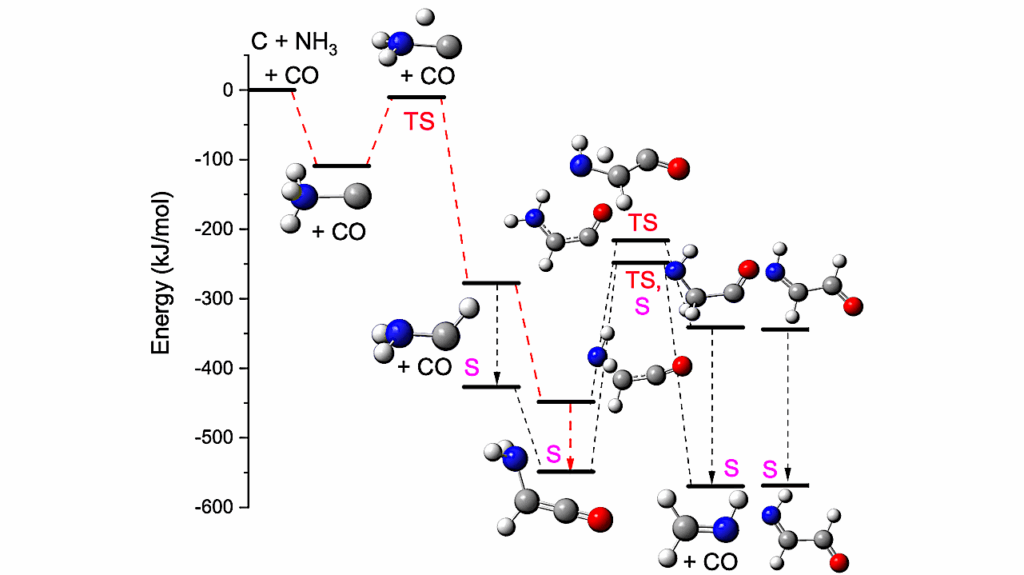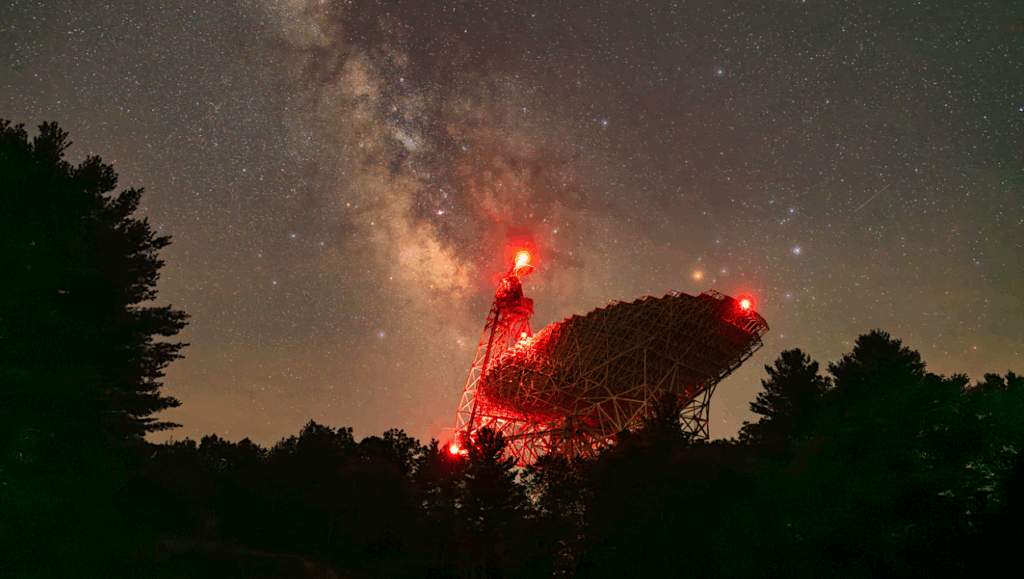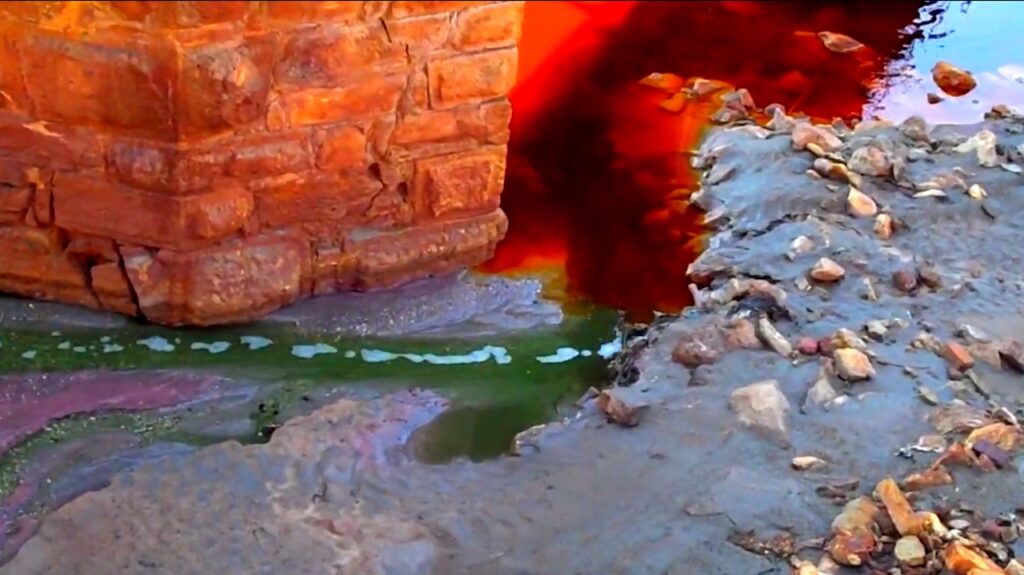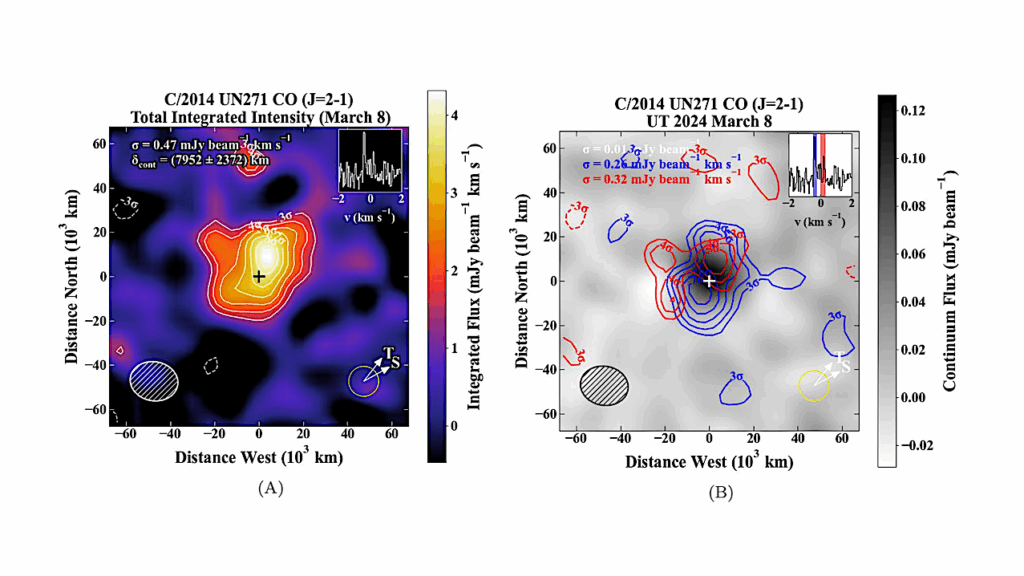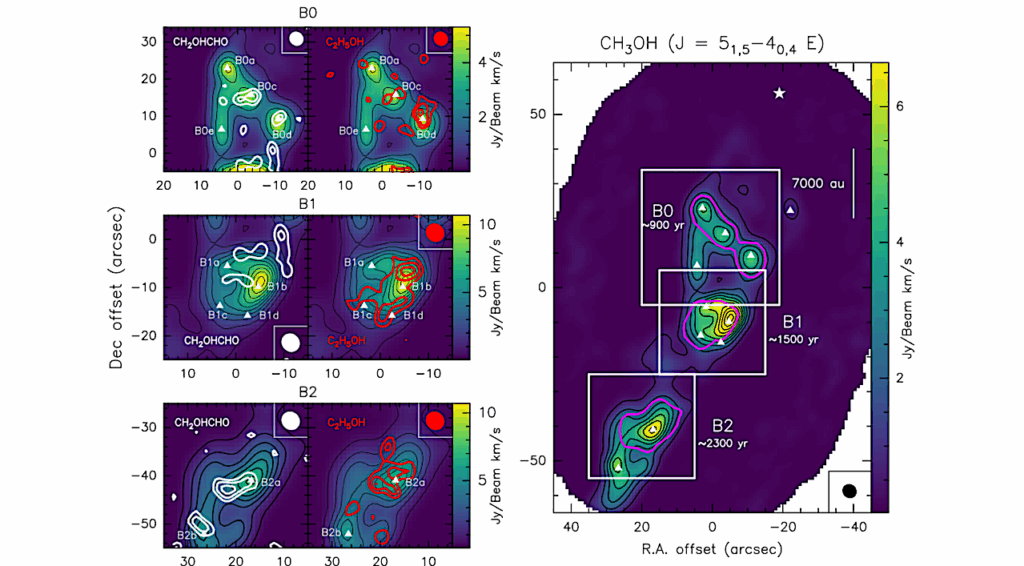An Alien Ocean On Enceladus Could Hide Signs Of Life From A Spacecraft
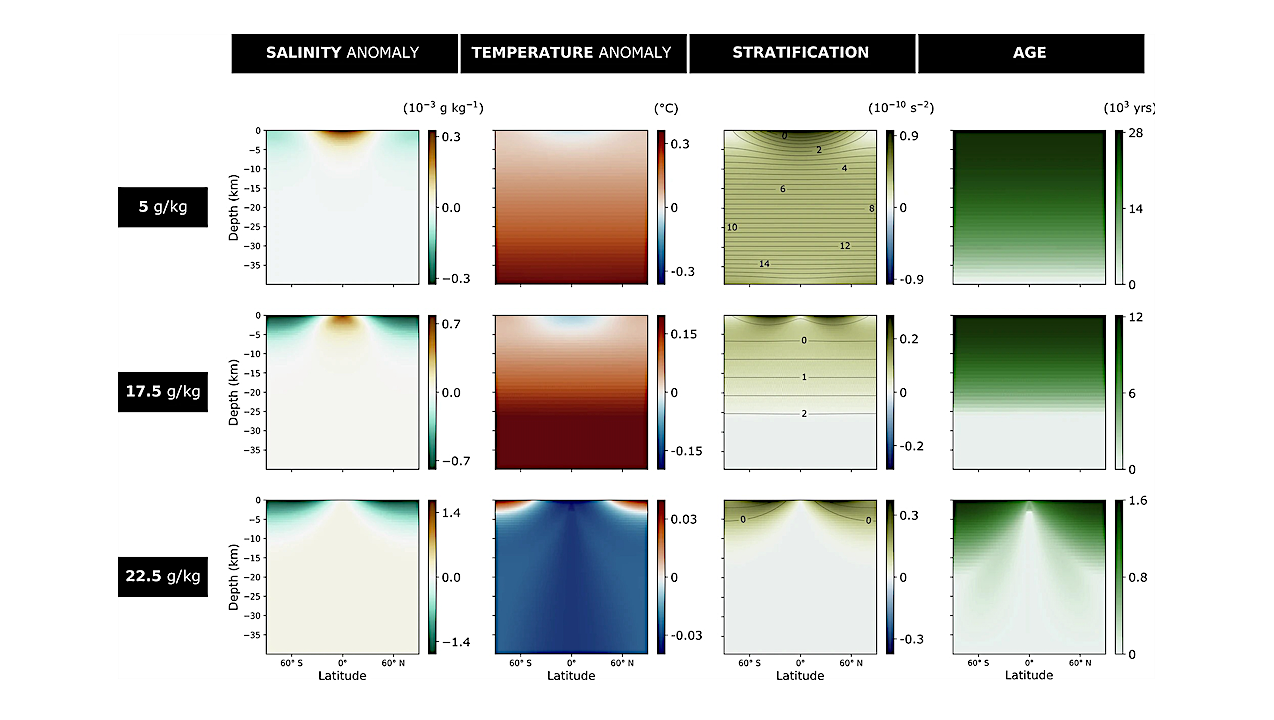
Searching for life in alien oceans may be more difficult than scientists previously thought, even when we can sample these extraterrestrial waters directly.
A new study focusing on Enceladus, a moon of Saturn that sprays its ocean water into space through cracks in its icy surface, shows that the physics of alien oceans could prevent evidence of deep-sea life from reaching places where we can detect it.
Published today (Thursday, 6 February 2025) in Communications Earth and Environment, the study shows how Enceladus’s ocean forms distinct layers that dramatically slow the movement of material from the ocean floor to the surface.
Chemical traces, microbes, and organic material – telltale signatures of life that scientists look for – could break down or transform as they travel through the ocean’s distinct layers. These biological signatures might become unrecognisable by the time they reach the surface where spacecraft can sample them, even if life thrives in the deep ocean below.
Flynn Ames, lead author at the University of Reading, said: “Imagine trying to detect life at the depths of Earth’s oceans by only sampling water from the surface. That’s the challenge we face with Enceladus, except we’re also dealing with an ocean whose physics we do not fully understand.
“We’ve found that Enceladus’ ocean should behave like oil and water in a jar, with layers that resist vertical mixing. These natural barriers could trap particles and chemical traces of life in the depths below for hundreds to hundreds of thousands of years. Previously, it was thought that these things could make their way efficiently to the ocean top within several months.
“As the search for life continues, future space missions will need to be extra careful when sampling Enceladus’s surface waters.”
Using computer models similar to those used to study Earth’s oceans, the study has important implications for the search for life in the solar system and beyond. As scientists discover more ice-covered ocean worlds orbiting the outer planets and distant stars, similar ocean dynamics could confine evidence of life and its building blocks to deeper waters, undetectable from the surface. Even on worlds like Enceladus, where ocean material is conveniently sprayed into space for sampling, the long journey from deep ocean to surface could erase crucial evidence.
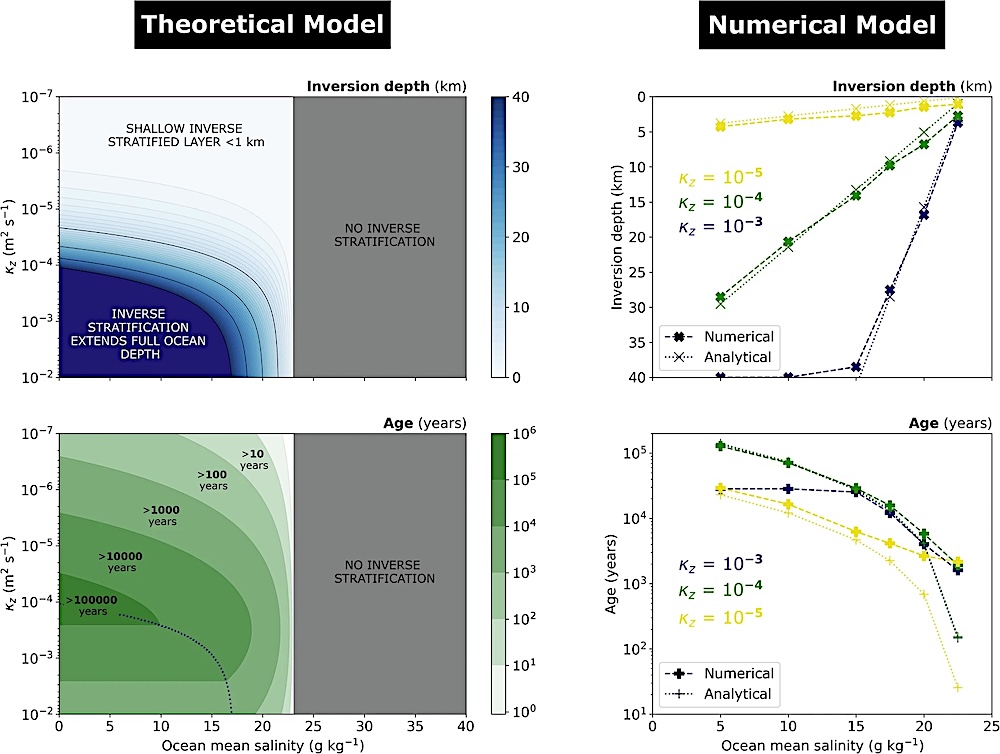
Top Left: Inversion depth Hstrat (km—depth at which thermal expansion coefficient αT becomes negative, taken here to define the inverse stratified layer thickness) computed using Eq. (5), plotted as a function of ocean mean salinity (g kg−1) and vertical diffusivity κz (m2 s−1) plausible for Enceladus. Contours denote 1 km (and black contours 10 km) depth up to the assumed 40 km ocean depth for Enceladus, shaded in midnight blue. Grey shading denotes where inverse stratification cannot occur, because αT cannot become negative at the ocean-ice interface pressure (computed under the 20 km mean ice thickness for Enceladus). Bottom Left: Tracer age (years) at the ocean-ice interface, computed using Eq. (6). Note that age contours are logarithmic. Blue dotted line delineates parameter space where inverse stratification is predicted to extend the full ocean depth. Within this parameter space, age contours are horizontal, with no predicted salinity dependence. Top right: Numerical solution for the inversion depth (thick cross, dashed line) across a range of ocean mean salinity for three values of κz, denoted with different colours. This is plotted alongside the analytical solution (thin cross, dotted line) for comparison. Where the inversion depth equals the ocean depth, the whole ocean is inversely stratified. Bottom right: Numerical solution for the ideal age at the south polar ocean-ice interface (thick plus, dashed line), plotted alongside the analytical solution (thin plus, dotted line) for comparison. Note that age does not fall below 1000 years in any numerical simulation. — Computational simulation/modeling
Ocean stratification impedes particulate transport to the plumes of Enceladus’, Computational simulation/modeling (open access)
Astrobiology


